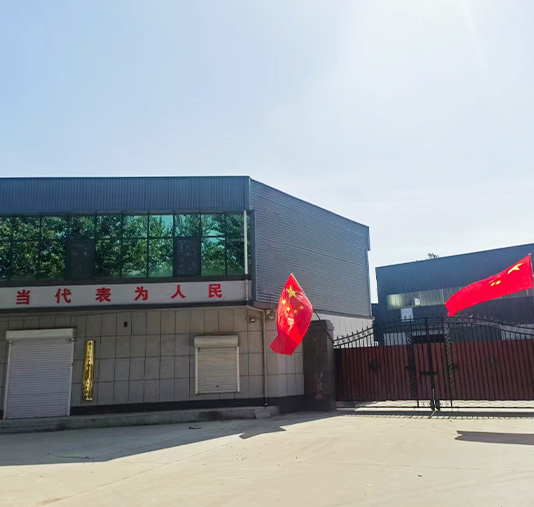Innovative Technologies Driving the Future of Wheat Harvesting and Agricultural Efficiency
The Evolution and Importance of Wheat Harvesters
Wheat is one of the most crucial staple crops around the world, feeding billions and playing a significant role in global agriculture. To ensure that wheat is harvested efficiently and effectively, the invention and continual evolution of wheat harvesters have proven to be indispensable. These agricultural machines have revolutionized the way farmers cultivate and gather wheat, leading to increased productivity and decreased labor costs.
Historically, wheat harvesting was a labor-intensive task. Before the invention of mechanical harvesters, farmers relied on manual methods using sickles and scythes. This process was not only strenuous but also time-consuming, often requiring large teams of workers during peak harvest seasons. The introduction of mechanical harvesters in the late 19th century marked a pivotal shift in agricultural practices. Early machines were large, complex, and costly, but they greatly improved efficiency and reduced the time needed to harvest crops.
The continuous development of wheat harvesters has led to modern machines that are sophisticated and highly efficient. Today's wheat harvesters, commonly referred to as combines, integrate several functions into one unit. A combine harvester can reap, thresh, and clean the wheat in a single pass. This consolidation of processes minimizes the time and labor involved in harvesting, making it more feasible for farmers to manage larger areas of land.
The technology behind modern combines has advanced significantly over the years. With features such as GPS navigation, advanced sensors, and automated controls, these machines optimize the harvesting process. GPS technology allows for precise tracking of field boundaries, ensuring that every inch of the wheat field is harvested. Additionally, built-in sensors can detect crop yield density, enabling farmers to monitor productivity in real-time and make better-informed decisions about future planting.
wheat harvester

Moreover, the introduction of precision agriculture has further transformed how wheat is harvested. This approach involves using data analytics to optimize planting patterns, irrigation, and harvesting techniques. By analyzing data on soil health, weather patterns, and crop performance, farmers can make adjustments that lead to higher yields. Innovative harvesting technologies are integral to this practice, allowing for more sustainable and efficient use of resources.
The environmental impact of wheat harvesters is also a consideration in modern farming. With increasing concerns about sustainability, manufacturers are designing machines that are not only efficient and powerful but also environmentally friendly. Many modern harvesters operate with reduced fuel consumption and lower emissions compared to their predecessors. Moreover, features like straw management systems allow farmers to return leftover plant materials to the soil, enhancing soil health and promoting biodiversity.
Despite the advancements in technology, the role of human expertise remains crucial. Farmers must understand their fields and the specific conditions affecting their crops. The combination of advanced machinery and skilled operators ensures that wheat harvesting is performed optimally.
In conclusion, wheat harvesters are vital components in the agricultural sector, transforming the way wheat is gathered and processed. The evolution of these machines from simple manual tools to complex, technologically advanced systems illustrates the importance of innovation in agriculture. As the global population continues to grow and climate challenges increase, the efficiency and effectiveness of wheat harvesters will play an essential role in food security and sustainable farming practices. By integrating technology with traditional farming knowledge, the future of wheat harvesting looks promising and productive.
Latest news
-
When to Upgrade Your Old Forage HarvesterNewsJun.05,2025
-
One Forage Harvester for All Your NeedsNewsJun.05,2025
-
Mastering the Grass Reaper MachineNewsJun.05,2025
-
How Small Farms Make Full Use of Wheat ReaperNewsJun.05,2025
-
Harvesting Wheat the Easy Way: Use a Mini Tractor ReaperNewsJun.05,2025
-
Growing Demand for the Mini Tractor Reaper in AsiaNewsJun.05,2025







